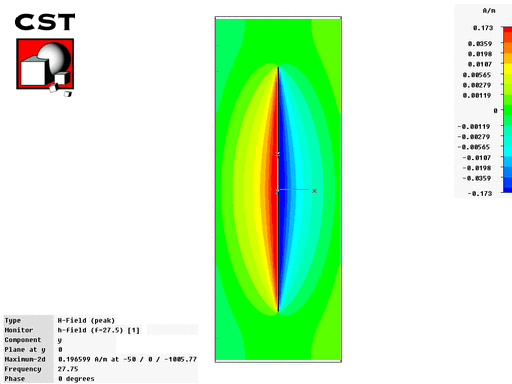Their are two current nodes on the GainMaster, both of them equidistant from the center point. They used to have a nice animation out that showed that however I am not seeing it at the moment so I will have to use this.

Take a close look at figure 2, their are two current peaks present. Any center fed antenna longer than 1/2 electrical wavelength but shorter than one electrical wavelength will be like this.
Where you are going wrong is assuming that the feed point is the point that determines where the voltage and current nodes are. This is an assumption on your part that is being treated as inviolate, or in other words you refuse to question it. I have demonstrated to you that this is incorrect, not only by my words, but modeling, and directly quoting the text and images of electrical and broadcast engineers that are far beyond either of us. If what you are saying is true, why do they teach would be engineers the exact opposite of what you are saying? I would really like an answer to this question.
Another question, if it is the feed point of the antenna that determines where the voltage and current nodes and nulls are, then why do we need a loading coil on a shortened mobile antenna? The reason said coil on these antennas is needed is because the voltage node is at the tip of the antenna, and the next nearest resonant point (that luckily also presents a low impedance) is electrically 1/4 wavelength from that point. If it were the feed point that determined the voltage/current distribution, their would be no need for using loading coils on mobile antennas because the voltage and current at the feed point would not change due to antenna length!
Alas, as I have said above, this is a
The DB
Edit: Look what I found, the animation I mentioned above, it clearly shows two separate bubbles of RF, which is caused by two different current nodes... A center fed half wavelength antenna would have one large bubble with no weak point in the middle like this animation clearly shows.

